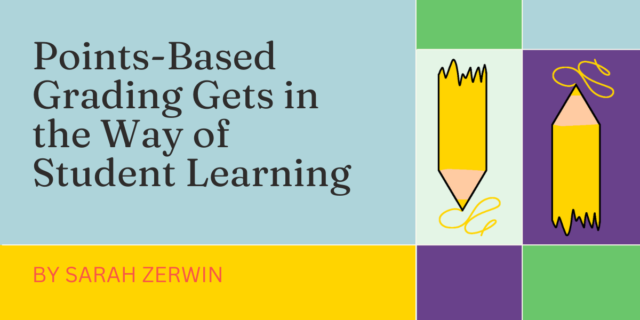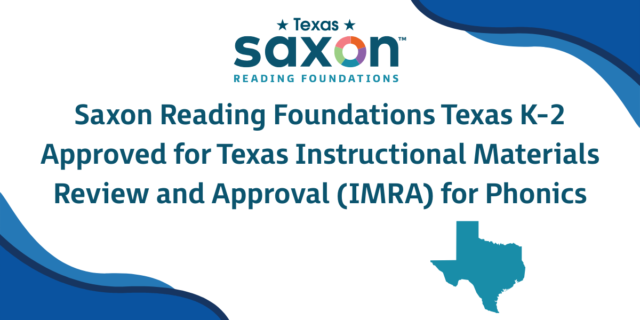
Every child learns how to read in their own way and on their own timeline, but you can help lay a strong foundation with responsive, purposeful instruction. Guided reading is an instructional approach that involves small groups of 4-6 students working together with a teacher, focusing on their individual reading abilities and needs. The small-group setting enables the teacher to closely observe and tailor instruction to each learner. Decades of research show that this close-knit approach is powerful and effective. Let’s dive into 10 key benefits of this type of small-group, guided reading instruction.
10 Small-Group Guided Reading Benefits
1. Tailored Instruction
One of the primary advantages of guided reading is its ability to provide personalized instruction. In a small-group setting, teachers can identify each student's reading level, strengths, and weaknesses. This personalized approach allows educators to target specific skills and strategies needed for each child's development.
2. Increased Reading Comprehension
Guided reading places a strong emphasis on comprehension. Teachers can actively engage with students through discussions, questions, and activities that promote a deeper understanding of the text. This leads to improved comprehension skills, which are vital for literacy success.
3. Individualized Pace
Every child progresses at their own pace in reading. Guided reading allows students to advance when they are ready, preventing them from feeling rushed or held back. This individualized pace ensures that students remain motivated and confident.
4. Exposure to a Variety of Texts
Guided reading exposes students to a wide range of texts, from picture books to more complex chapter books. This exposure helps children become versatile readers who can tackle different types of content and genres.
5. Improved Fluency
Fluency is the ability to read smoothly and expressively. Guided reading sessions often include activities that boost fluency, such as choral reading or repeated readings. Fluent readers are more likely to comprehend and enjoy what they read.
6. Building Vocabulary
Guided reading allows teachers to introduce and discuss new vocabulary words within the context of the text. A strong vocabulary is essential for understanding and expressing ideas effectively.
7. Enhanced Critical Thinking
Through guided reading, students develop critical thinking skills as they analyze and evaluate text. They learn to make predictions, ask questions, and make connections between what they read and their own experiences.
8. Encouragement of Independent Reading
The goal of guided reading is to empower students to become independent readers. By gradually increasing the complexity of texts and teaching reading strategies, students gain the confidence to read on their own.
9. Increased Confidence and Motivation
Success breeds confidence, and guided reading can be a confidence booster. As students experience success and improvement in their reading skills, they become more motivated to read independently and explore new books.
10. Effective Assessment
Guided reading provides valuable insights for teachers to assess students' progress. Through observation and assessment, educators can make informed decisions about what each child needs to move forward in their reading journey.
Guided reading offers a wealth of benefits for students in grades K-6. This instructional approach not only nurtures strong readers but also instills a love for reading that can last a lifetime. By tailoring instruction, fostering comprehension, and building critical skills, guided reading plays a pivotal role in helping young learners become confident and capable readers.


